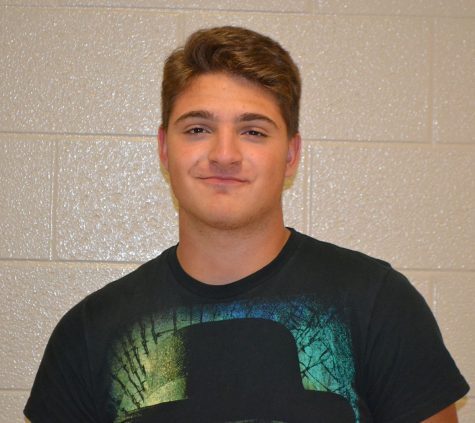Administration considers alternative energy
November 20, 2015
NHS has moved forward drastically in terms of energy efficiency, but have they considered turning to alternative forms of energy?
NHS is the ninth largest public high school in Indiana, hosting over 2,600 students. Any school that large requires a considerable amount of power daily. To cut costs, the administration has taken steps over the past ten years to improve energy efficiency.
“We’ve saved millions in the past decade just from making sure the computers were completely unplugged.” Assistant Principal Dan Swafford said. “We have an energy consultant come in during the weekends and breaks to make sure the systems shut off when they should.”
NHS has no sources of alternative energy, but the possibility is not ruled out.
“Eventually we’ll have to look into solar power, but I think wind power would be more effective here in Indiana since we’re in the midwest.” Swafford said. “There’s already solar power on top of the street lights, but those are owned by the city.”
Any means of alternate energy will have to be put on hold for the time being, however, as parts of the school are currently being modernized to save power.
“The older parts of the building were constructed in 1996, so those don’t have the automated lights. We’re working so that eventually they will.” Swafford said.
Here at NHS and at other Noblesville schools, the initiative to save power has saved countless amounts of money.
Former innovations student, Jared Costa has a few considerations if the administration decides to go solar. “It costs the average household about $35,000 to get solar energy and in Indiana the average savings per year using solar energy is about $15,000.” Jared Costa said
Costa’s accomplishment of creating the world’s first transparent solar panel could be effective in advancing the administration’s goals of energy efficiency.
“The research I am doing is making those solar panels see through, so there could be a window and a liquid. That way it could be a clear paint on the side of your building and at my current stage my solar panels are 1/3 third the cost per volt as commercial solar panels.” Costa said.
Future plans aside, energy efficiency has been a priority of NHS administration. “The US is still trying to catch up to Europe in terms of this stuff.” Swafford said.



